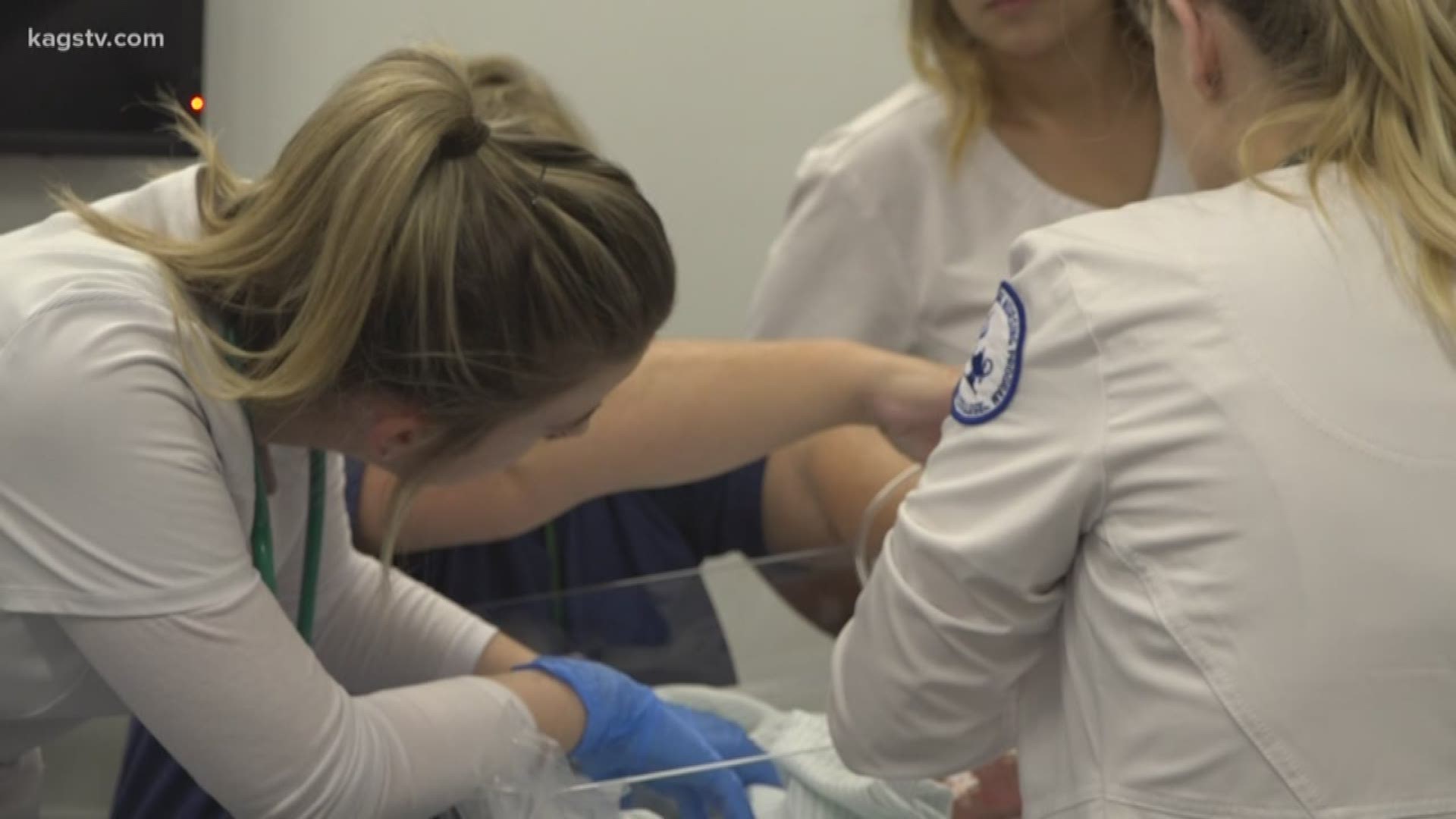BRYAN, Texas — When an emergency happens in the medical field, there is no time to waste.
“You never know your patient can decline at any minute, so you always have to be focused on them," said Sarah Lambert, a nursing student at Blinn College District.
To make sure that future emergency responders, and medical staff perform to the best of their abilities, Blinn College District -Rellis campus puts on a simulation exercise.
“The purpose is to give students a real-life simulated experience of caring for patients in emergency room care and intensive care," said Cindy Manning, the assistant director, associates degree nursing program at Blinn College.
Students in the nursing, EMS and radiologic technology programs were put to the test on Monday and Tuesday. With scenarios like window washers falling, patients coming into the e-r with head trauma and even dealing with gunshot wounds - these students stayed busy throughout the sessions.
“One of the big things with using these real-world patients is the realism we can do the moulage and making it as realistic as possible," said Michael Lauhoff, an EMS faculty member.
To help make it realistic, students had people coming through the ER left and right and rode ambulances to simulated situations, just like in real world setting.
“How much you have to interact with real people that are talking back to you versus working with a mannequin and having to put them in an ambulance and the bumps,” Lauhoff said.
In real hospitals, communicating is important between nurses, EMS and radiologic technology. Working alongside the three different health science programs really showed students how critical communication is in this field.
“When the ambulance calls in you’re getting that first initial report and can start thinking about the process through your head, ‘What do we need to do for this patient when they first come in?’” Lambert said.
When medical professionals are working against the clock, every second matters.
“If we don’t have good communication, then the patient is not going to get the best care," Manning said.
Even though they had many different tasks being thrown at them, students say this only solidified their decision to pursue this career.
“It helps confirm we are as smart as we think we are," Lambert said. "We have a tendency to doubt ourselves in the clinical settings and classroom settings, but then we get here and we are actually able to demonstrate what we know.”
ALSO POPULAR ON KAGSTV.COM:

